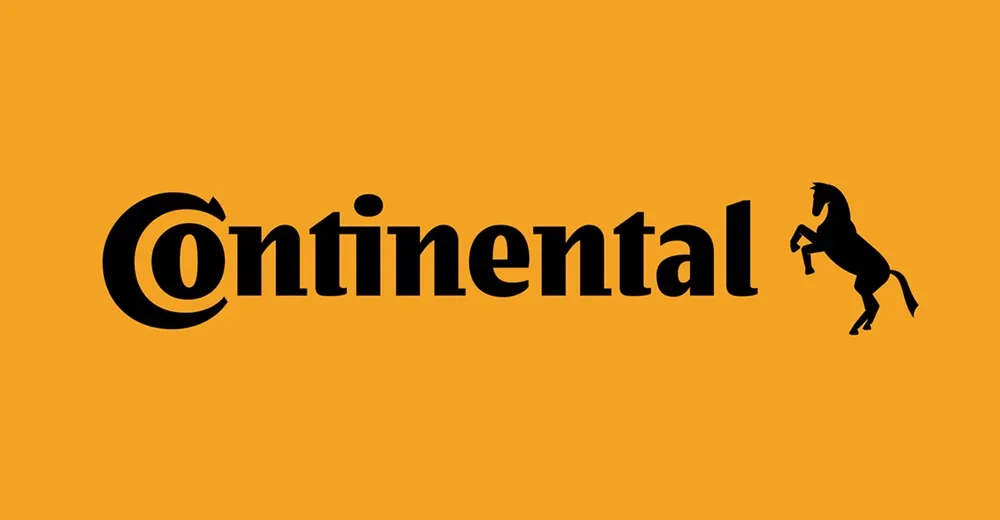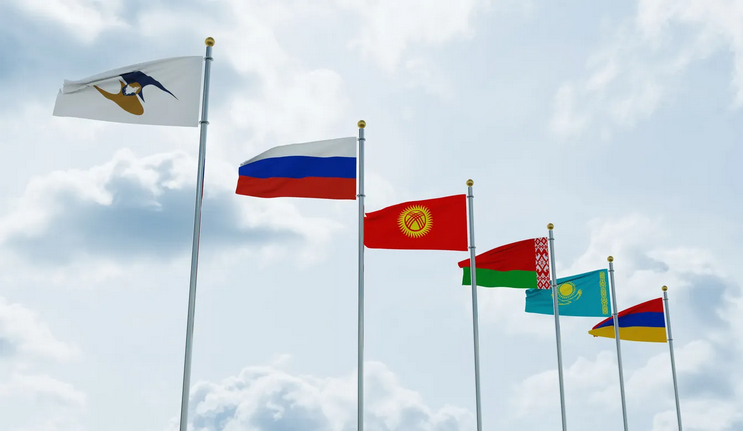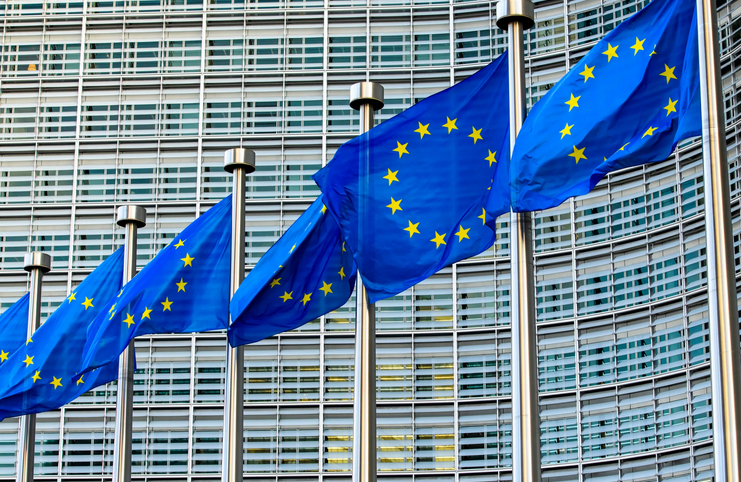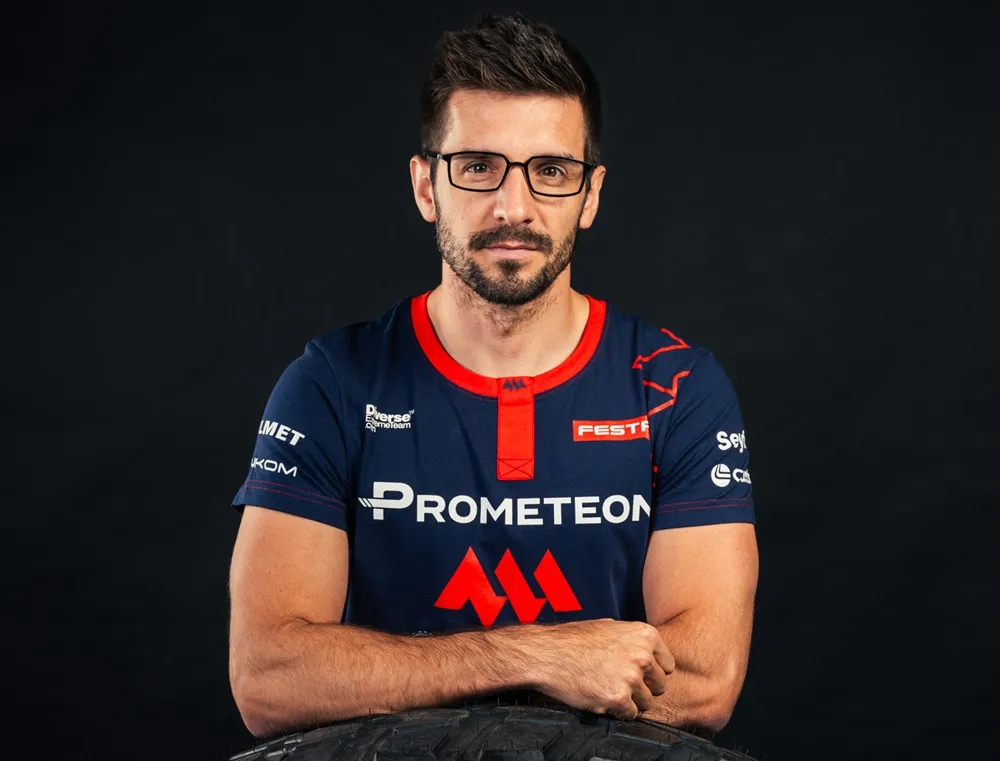Sustainability is a key phrase used by almost every major business around the world. There are different interpretations as to the meaning of sustainability and we asked Pete Robb, Continental’s UK Sustainability Expert for their position on sustainability
Continental reaffirms its commitment to sustainable manufacturing
The first question for Robb was a general enquiry to establish what Continental considered to be their position on sustainability. What does sustainability mean to Continental?

Robb responded; “At Continental Tyres, sustainability is deeply embedded in our core values. It is one of the pillars of our Vision 2030 strategy programme. We take ownership for our impact on the environment, society and future generations. We don’t view sustainability as a separate initiative, but as a guiding principle that shapes every aspect of our business. This includes sourcing raw materials responsibly, reducing emissions throughout all phases of our value chain and designing products that are safer, more energy-efficient and longer-lasting. Our goal is to create real, measurable progress. As a global tyre manufacturer, we are committed to making more sustainable mobility a reality. That’s why we invest in innovation that goes from the laboratory to the road, developing technologies that set new standards and help to drive the transition to a circular economy.”
One of the challenges of sustainability goes right to the heart of rubber production. Latex production requires large plantations and that need for the plantations impacts upon the basis of sustainability. How can plantations be sustained and how can young people be encouraged to stay and work on the plantations? In fact, is there a need to grow plantations further?
“One of the key raw materials used in tyre production is natural rubber.,” says Robb. “Natural rubber is inherently renewable, as it is harvested from the rubber tree – a natural and regenerative source. However, renewable material must also be sourced responsibly to ensure long-term environmental and social sustainability. As one of the largest tyre manufacturers in the world, we have a particular responsibility in the natural rubber supply chain. That’s why we are committed to making natural rubber sourcing more transparent, equitable, and environmentally sound. Through our partnership with the ‘Deutsche Gesellschaft für Internationale Zusammenarbeit’ (GIZ) we work directly with smallholders and local communities in Indonesia to improve working conditions, provide access to training and education, and promote sustainable farming practices. Our goal: to reach even more smallholders and create the framework conditions for the successes achieved in the project to be sustained.
“The people involved in this initiative are proud to be part of something bigger – something that not only improves their livelihoods but also contributes to a global sustainability mission. Many young people see this as a reason to stay and build a future in their communities, rather than moving to the cities.
“As global demand for natural rubber continues to grow, there may also be a need to expand plantations – but only in ways that protect ecosystems and support local communities. We focus on sustainable intensification and agroforestry models that enhance biodiversity, improve soil health, and build long-term resilience for generations to come.”
Given the recognition of the need to keep younger people on the plantations, is there a pathway to mechanised latex harvesting?
“Mechanised latex harvesting is a promising concept with potential to improve efficiency and sustainability in natural rubber production,” says Robb. “However, the biological complexity of rubber trees and the precision required in the tapping process present significant technical challenges. We continue to monitor developments in this area, especially where technology could support farmers and strengthen supply chains.”
A number of tyres have been produced with alternative sources of filler – rice husks come to mind. Do these alternative fillers impact upon the retreadability or recyclability of the tyres.
Robb explains; “At Continental, safety, performance, and sustainability go hand in hand. Alternative fillers such as rice husk ash are only considered after they have been proven to meet our highest standards – across safety, performance, durability, and environmental impact.
“We ensure that any new material we use enhances, rather than compromises, these qualities. Our goal is to drive innovation without making any compromises, so every material we adopt must help us to make tyres that perform reliably throughout their lifecycle and beyond.”
Whilst discussing sustainability we had to ask about the alternatives to latex – the Guayule plant and Russian Dandelions – How do these fit into Continental’s sustainability aims? Are there questions about the sustainability of either of these sources – The Guayule grows in the desert, but still needs precious water for irrigation – if the desert can be irrigated, is using it for Guayule the optimum use of that land?
At Continental Tires, we are researching natural rubber from the Russian dandelion plant (Taraxacum kok-saghyz) as an alternative source. While we follow promising other sources too, extracting latex from Guayule is not a focus of our activities, ” Says Robb.

“Russian dandelion on the other hand fits perfectly with our sustainability goals. It can be cultivated in temperate regions, including parts of Europe. While the rubber tree can only be grown in tropical climates, this allows us to shorten supply chains, reduce transport emissions, and establish a more resilient regional source of natural rubber. The plant grows quickly, requires relatively little water and can thrive on land that is not suitable for growing food crops, making it a promising and sustainable alternative.
“Through our Taraxagum project, we are collaborating with research institutions and agricultural partners to scale up this technology.”
A recent press release regarding a new tyre spoke of a 70% sustainable tyre, but the recycled content was only 1.89% (of which part would be steel, and part possibly PET, as well as rubber derived elements) – If that is the level of recycled content of a 70% sustainable tyre, and the industry is producing 1.7 billion tons of tyres or more annually, how can the tyre industry be sustainable and circular? How does the tyre industry help build circularity in end-of-life tyres.
Robb resonds; “We cannot comment on the specific tyre mentioned, as it is not one of our products. However, we can share how we at Continental approach sustainability and circularity in tyre development.
“A great example is the UltraContact NXT, currently our most sustainable series tyre. It contains up to 65% renewable, recycled, and ISCC PLUS mass balance-certified materials. Of that, up to 19% is recycled content, including: Recovered carbon black (rCB) from end-of-life tyres, recycled steel and recycled PET bottles.
“This tyre demonstrates that high sustainability standards can go hand in hand with safety, performance and durability. Our UltraContact NXT combines a high proportion of sustainable materials with the best possible performance in terms of the EU tyre label in volume production. Furthermore, all 19 available sizes carry the EU tyre label’s highest possible rating (‘A’) for rolling resistance, wet braking and exterior noise.
“That said, true circularity remains a major challenge for the entire industry. Tyres are complex composite products made from vulcanised rubber, which is difficult to break down and reuse in high-quality applications. Current recycling methods often result in downcycling – where materials are used in lower-value applications like playground surfaces or road construction.
“In order to transition to a circular economy, we are working on mechanical and chemical recycling technologies.
“Part of mechanical recycling is retreading, in which the carcass in particular is reused. The tread is removed and replaced so that the tyre can be reused. Both hot and cold retreading are used for this in our process. In these processes, the tread – and in hot retreading, the sidewall as well – is roughened and replaced. This allows the carcass to be reconditioned for a second or even third life as a tyre.
“In addition, chemical recycling, especially pyrolysis, is becoming increasingly important. In an oxygen-free process, end-of-life tyres are broken down into their basic components, including pyrolysis oil, gas, steel, and recovered industrial carbon black. These materials can be reused as raw materials in tyre production or other industrial applications. We already use the recovered industrial carbon black in the series production of forklift tyres at our plant in Korbach.
“We are also introducing mass balance-certified materials (ISCC PLUS) into our supply chain. This approach enables the gradual integration of sustainable feedstocks while maintaining existing production infrastructure.”








